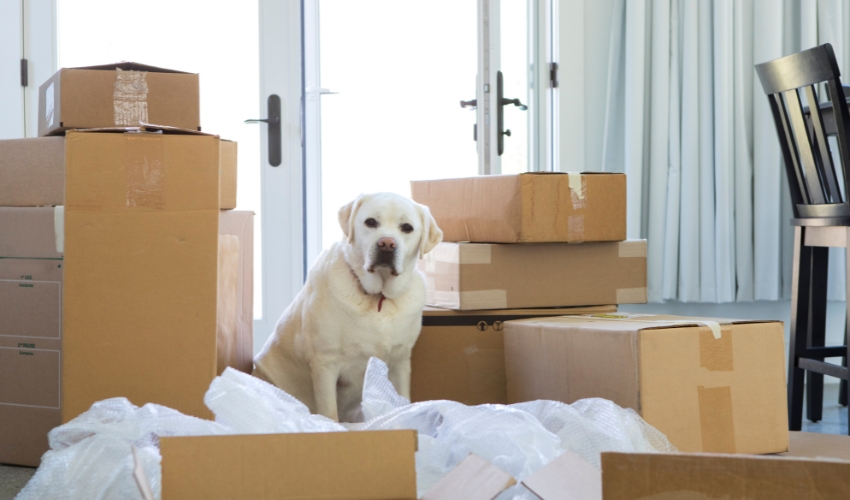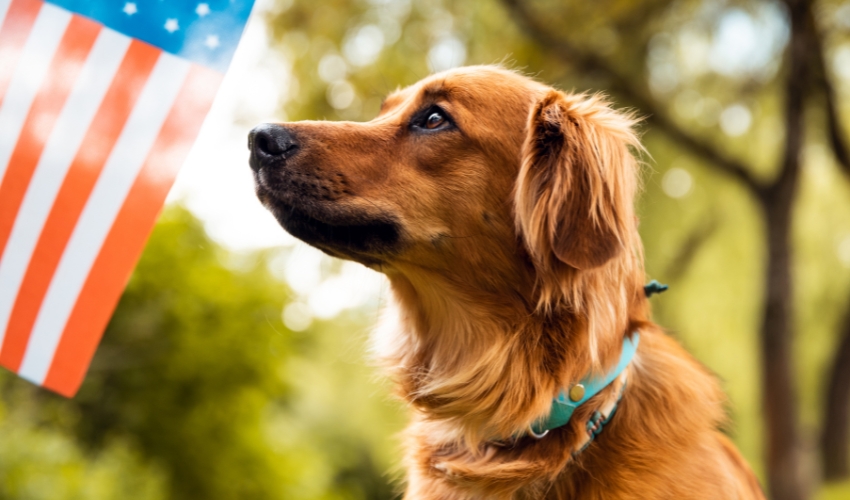Being a devoted dog owner comes with its joys and responsibilities. Among these responsibilities is the crucial task of mastering basic first aid for your canine companion. Emergencies can happen unexpectedly, and having the right knowledge can be the key to your dog’s safety and well-being. In this comprehensive blog, we’ll delve deeper into essential first aid tips, common scenarios, the importance of a well-equipped first aid kit, and preventive measures every dog owner should be familiar with.
Understanding the Basics:
Before we explore specific first aid techniques, let’s reinforce the importance of staying calm during emergencies. Your dog can sense your stress, so maintaining a composed demeanor not only reassures them but also aids in the effective application of first aid.
Muzzling:
- Explanation: Unintentional bites can occur when a dog is distressed. Muzzling is essential for your safety and theirs during first aid.
- Tip: Keep a soft fabric, like a bandage or scarf, in your first aid kit to create a makeshift muzzle. Ensure it’s snug but not restrictive.
Approaching Injured Dogs:
- Explanation: Injured or frightened dogs may behave unpredictably. Approach slowly, avoid direct eye contact, and use a calm, soothing tone to minimize stress.
- Tip: Understand your dog’s body language to gauge their level of distress and respond appropriately.
Common First Aid Scenarios:
- Cuts and Wounds:
- Assessment: Examine the wound for bleeding, foreign objects, or signs of infection.
- Treatment: Clean the wound gently with mild soap and water. Apply an antiseptic and cover with a sterile bandage. For deep wounds or excessive bleeding, seek immediate veterinary attention.
Tip: Include a styptic powder in your first aid kit to stop bleeding from minor cuts or wounds.
- Choking:
- Assessment: Signs include coughing, gagging, or difficulty breathing.
- Treatment: Perform the Heimlich maneuver by applying firm, upward pressure just below the ribcage. If unsuccessful, seek veterinary help immediately.
Tip: Learn the Heimlich maneuver for dogs through instructional videos provided by reputable sources.
- Poisoning:
- Assessment: Symptoms may include vomiting, diarrhea, lethargy, or tremors.
- Treatment: Contact your veterinarian or a pet poison hotline immediately. Keep a record of the ingested substance and follow their guidance. Do not induce vomiting without professional advice.
Tip: Save the contact information for your veterinarian and the ASPCA Poison Control Center in your phone.
- Burns:
- Assessment: Identify the type and severity of the burn (heat, chemical, or electrical).
- Treatment: For heat burns, cool the affected area with cold water. For chemical burns, flush with water and contact your vet. Seek immediate help for electrical burns.
Tip: Know which substances are toxic to dogs to prevent chemical burns.
- Fractures:
- Assessment: Signs include limping, swelling, or an abnormal limb angle.
- Treatment: Keep the injured limb immobilized with a splint, such as a rolled-up newspaper or board. Transport your dog to the vet carefully.
Tip: Familiarize yourself with basic canine anatomy to assess fractures more effectively.
First Aid Kit Essentials:

Having a well-equipped first aid kit is crucial for responding promptly to emergencies. Ensure your kit includes:
- Gauze and Bandages: For wound dressing and stopping bleeding.
- Antiseptic Wipes: To clean wounds and prevent infection.
- Muzzle: To prevent bites when providing first aid.
- Scissors: For cutting bandages and gauze.
- Tweezers: To remove splinters or foreign objects.
- Hydrogen Peroxide: For cleaning wounds (but not for inducing vomiting).
- Instant Cold Pack: For treating heat-related issues or reducing swelling.
- Sterile Saline Solution: For flushing eyes or wounds.
- Digital Thermometer: To monitor your dog’s temperature.
- Contact Information: Vet’s phone number, local emergency vet clinic, and pet poison hotline.
Tip: Regularly check and replenish your first aid kit to ensure all items are in good condition.
Preventive Measures:

In addition to knowing how to administer first aid, implementing preventive measures is essential for your dog’s overall safety and well-being.
- Regular Vet Check-ups:
Schedule routine veterinary visits to detect and address health issues early.
Tip: Keep a record of your dog’s vaccinations and medical history for quick reference.
- Dog-Proof Your Home:
Remove potential hazards, secure electrical cords, and keep harmful substances out of reach.
Tip: Use baby gates to restrict access to certain areas of your home.
- Supervision:
Supervise your dog, especially in unfamiliar environments, to prevent accidents.
Tip: Leash your dog in unfamiliar or potentially dangerous areas.
- Training:
Basic obedience training can prevent your dog from engaging in risky behaviors.
Tip: Enroll in a basic obedience class with your dog to strengthen your bond and improve their behavior.
- Proper Nutrition:
Provide a balanced diet to maintain your dog’s overall health.
Tip: Consult your vet for a nutrition plan tailored to your dog’s age, breed, and health status.
Conclusion:
Mastering canine first aid is not just a skill; it’s a responsibility every dog owner should embrace. Whether it’s a minor injury or a more serious emergency, your ability to respond promptly and effectively can make a significant difference in your dog’s outcome. Stay informed, maintain a well-stocked first aid kit, and cherish every moment with your four-legged friend. After all, a prepared pet owner is a pet’s best ally in times of need.













